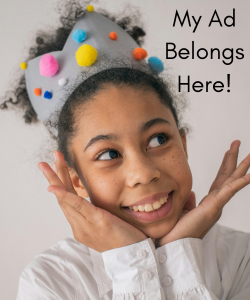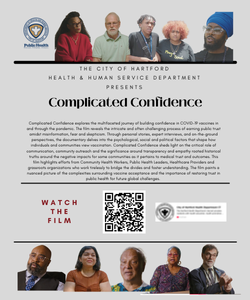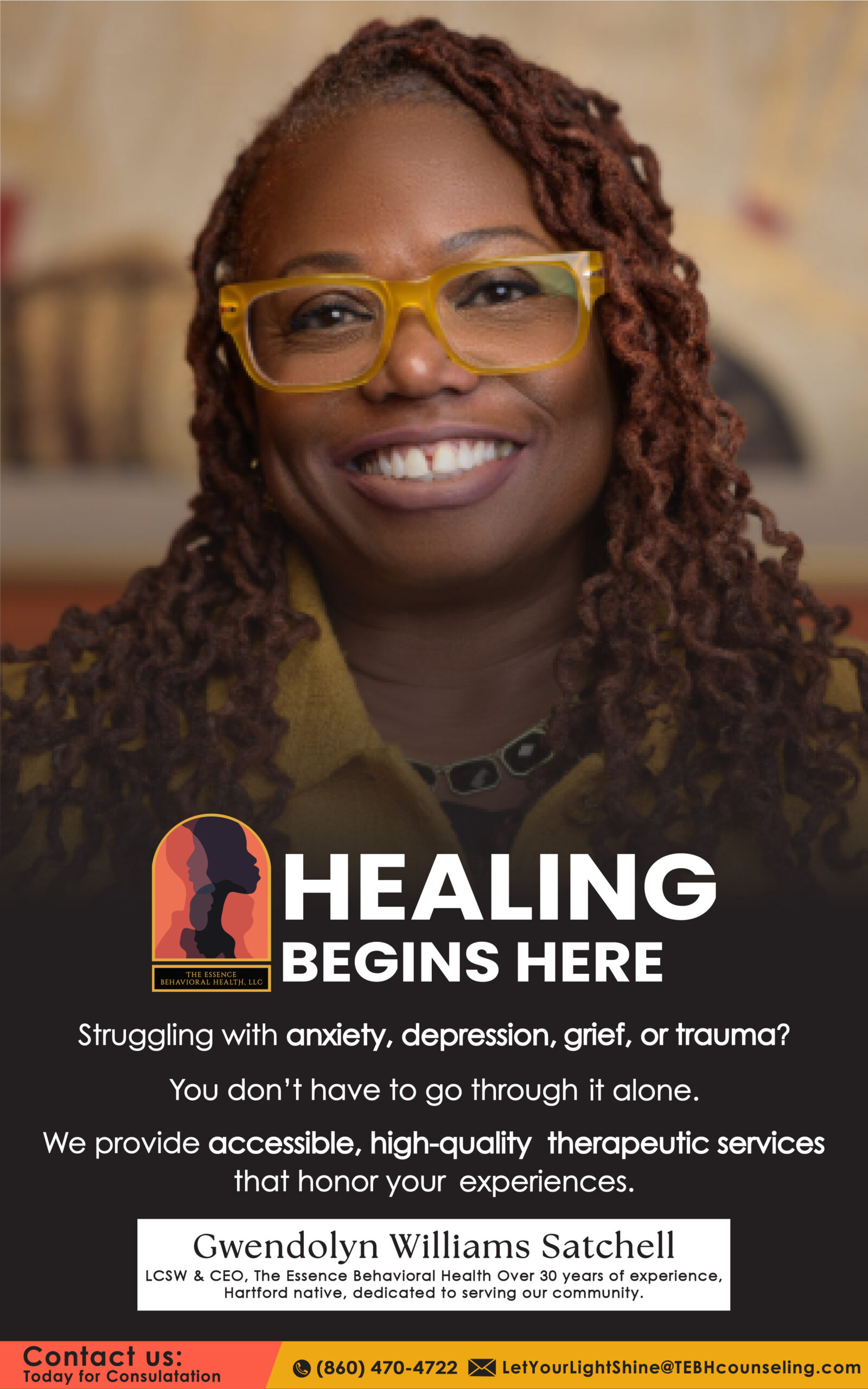By Joseph Williams, Word In Black
Did the Catholic church just choose its first African American pope?
That question set Black social media on fire in the hours following the election of Robert Prevost, the first American to become pontiff in the church’s 2,000-year history.
The facts about Leo, the former Peru-based cardinal who won the papacy on Thursday, seem to say so — including documents suggesting he is descended from people of color with roots in a well-known Creole neighborhood in New Orleans. Bolstering the case: the new pope is from Chicago, a Great Migration destination city, and was born in Bronzeville, a Black enclave once known as “the Harlem of the Midwest.”
But other facts point in the opposite direction, including Leo’s looks, his childhood in a mostly-white Far South Side community in the 1950s and 60s, and the fact that his official Vatican biography has nothing about African American or Creole ancestry.
Meanwhile, his brother, John Prevost, poured ice-cold water over speculation about the new pontiff’s racial identification. The family, he told The New York Times, doesn’t currently identify as Black.
Ancestry vs. Self-Identity
That, however, did little to quell a raging online debate between genealogists, Black historians, and opinionated Black Netizens over whether Black America can — or should — claim the new pope as one of their own. It triggered speculation about whether Leo would be compelled to publicly address his racial identity. And it resurrected thorny, age-old questions about race, identity, and exactly where the color line is drawn.
“Here we go again,” says Phillipe Copeland, a professor, sociologist, and racial justice expert at Boston University. “Here’s another situation where, potentially, it’s a chance to revisit our assumptions about what makes race in the first place. Is it ancestry? Is it geography? Is it language? Is it biological?”
While most scholars acknowledge race is an artificial construct, “there’s a folk version of race, which is like, ‘Oh, well, you’re Black because your parents are Black,’” he says. Both ideas, he says, live in people’s minds “until something comes along like this. Then it’s like, ‘Well, wait a minute: what makes somebody Black? Is having a Black ancestor sufficient? Is it perception from others? Is it how you self-identify?”
At issue is information that emerged not long after the white smoke billowed from the Sistine Chapel, indicating the College of Cardinals had selected a replacement for the late Pope Francis, who died last month. As video of Leo’s first appearance at the balcony overlooking St. Peter’s Square rocketed around the globe, Jari C. Honora, a New Orleans genealogist, noticed the new pope’s surname — Prevost — sounded French.
“One-Drop Rule”
Acting on a hunch, Honora began digging through digital archives and quickly hit pay dirt: Leo’s maternal grandparents, Joseph Martinez and Louise Baquié, both had been identified as Black in government documents, and both had lived in New Orleans’ Seventh Ward, a Catholic stronghold teeming with immigrants from Africa, Europe, and the Caribbean. Martinez and Baquié then gave birth to Mildred Martinez — the pope’s mother — after moving to Chicago in the early 1900s.
“This discovery is just an additional reminder of how interwoven we are as Americans,” Honora told The Times. “I hope that it will highlight the long history of Black Catholics, both free and enslaved, in this country, which includes the Holy Father’s family.”
The Times wrote that Leo “is not only breaking ground as the first U.S.-born pontiff. He also comes from a family that reflects the many threads that make up the complicated and rich fabric of the American story.”
But that fabric is being yanked and pulled in different directions, reviving painful debates about race and identity in America. Some pushed back on the belief that Leo’s lineage automatically qualifies him as Black; others declared that, historically, people who identified as Creole did so to avoid being classified as Black. Still others saw the debate over Leo as a resurrection of the “one-drop rule” — a cruel, Jim Crow-era tool used to foment segregation.
Fanshen Cox, a writer, director, and producer whose work has explored the boundaries of race, says the debate misses a key point: “Race itself is a lie,” created by the wealthy landed gentry in Europe to separate themselves from the poor, ethnically diverse masses.
Rather, she says, racial identity is an accumulation of experiences based on culturally-relevant social interactions with family, communities, and the world writ large. It’s likely, Cox says, Leo lacked those experiences growing up, despite his ancestry.
“There’s no blood test that can tell you” you are Black, she says. “The way you receive it is by your community, by your parents, by your family, by the stories they tell, by who you spend time with” — and who encourages love of that identity.
For example, “I am a Black woman with blonde hair and blue eyes who passes” as white, Cox says. “I’ve experienced a lot of privilege for the way I appear. But at the same time, I was raised by parents who insisted that we understand our blackness and be proud of our blackness. [Leo] didn’t get that.”
Power and Representation
Nevertheless, the debate over the Pope’s racial identity matters because of what he represents, and because Black people, historically marginalized, yearn to see themselves in powerful, exclusive positions like the papacy.
“I work in film and TV and media, and I know how incredibly important it is for people to see themselves in many different roles,” and “that directly leads them to knowing what they can do and be in life,” says Cox. “To have a Black Pope means [untold] millions of children who are Black also know that this is something that is attainable in their lives, and that’s important.”
Copeland, the Boston University professor, agrees, adding that the debate “is a reminder that race is ultimately about power and not appearance.”
As leader of 1.4 billion Catholics worldwide, Copeland says, “If [Leo] was to come out and publicly claim his [racial] ancestry, that would shift the conversation immediately, versus if he’s a little bit more colorblind about it: ‘Well, yeah, that’s factual, but that’s not how I identify myself. I identify as white.’”
By contrast, “let’s say he was to embrace that aspect of himself,” Copeland says. “That would be deeply affirming for many, many people, and it would potentially be a serious counter to people who have a racist agenda or white nationalist agenda, who would want to claim him: ‘He’s one of us. He’s a white American. You guys don’t get to claim this pope. He’s our Pope … he’s a white Pope.”
Still, given the headlines, Leo may have to address the question sooner rather than later.
“I’d actually be curious to see if he receives direct questions about that, and how he reacts,” Copeland says. “I think how he responds to that question could potentially shift the conversation dramatically.”
This editorial was originally published in Word In Black.





